Regulation 41 for light trucks is a crucial set of rules in Vietnam’s transportation sector. This article provides detailed information about this regulation, including changes from 2016 to 2019 and its impact on transportation operations.
QCVN 41:2016/BGTVT and Definition of Light Trucks
In 2016, the National Technical Regulation on Road Signs QCVN 41:2016/BGTVT was issued, applicable to the entire road system of Vietnam. This regulation includes provisions on signaling systems, traffic signs, road markings, and more.
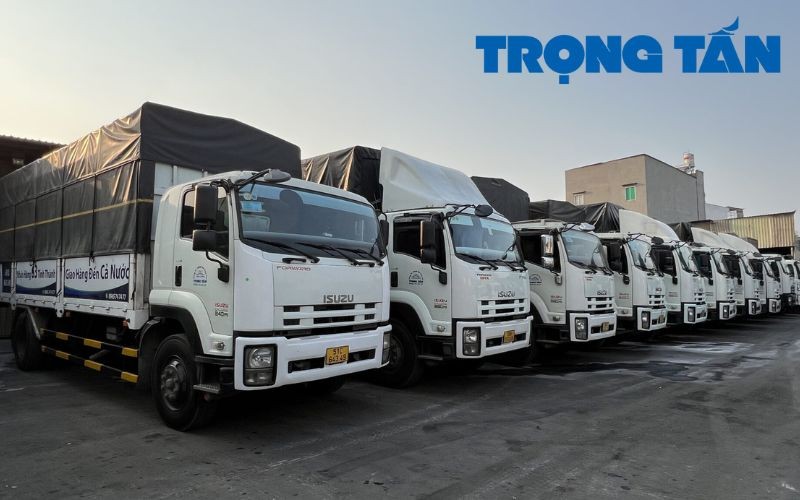 Traffic signs according to Regulation 41
Traffic signs according to Regulation 41
According to QCVN 41:2016/BGTVT, pickup trucks and van trucks with a cargo body liền with the chassis, a permitted cargo mass of under 1,500kg, and 5 seats or less are considered cars.
QCVN 41:2019/BGTVT: Key Changes Regarding Light Trucks
In 2019, QCVN 41:2019/BGTVT replaced QCVN 41:2016/BGTVT, supplementing and adjusting several regulations. Still applicable to the entire road system, this regulation expanded its scope to include lighting and other traffic safety equipment.
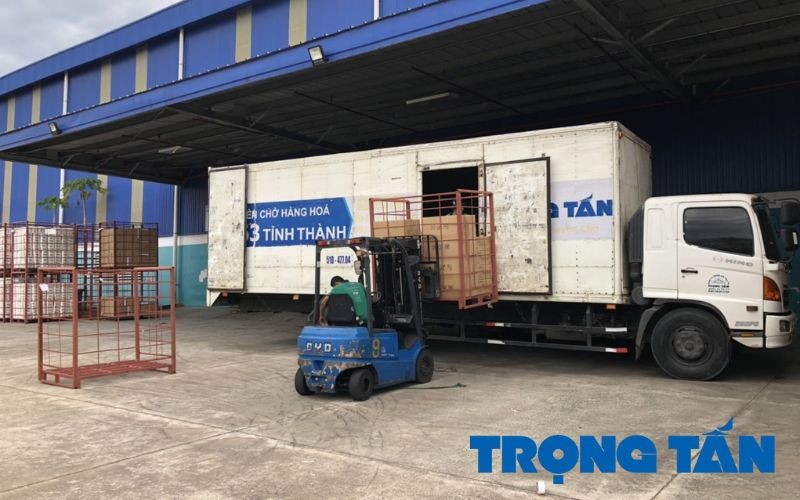 Road traffic signaling system
Road traffic signaling system
A notable change in QCVN 41:2019/BGTVT relates to Regulation 41 for light trucks. Accordingly, pickup trucks and van trucks with a permitted cargo mass for traffic participation under 950kg, and three-wheeled vehicles with a self-weight greater than 400kg are considered cars.
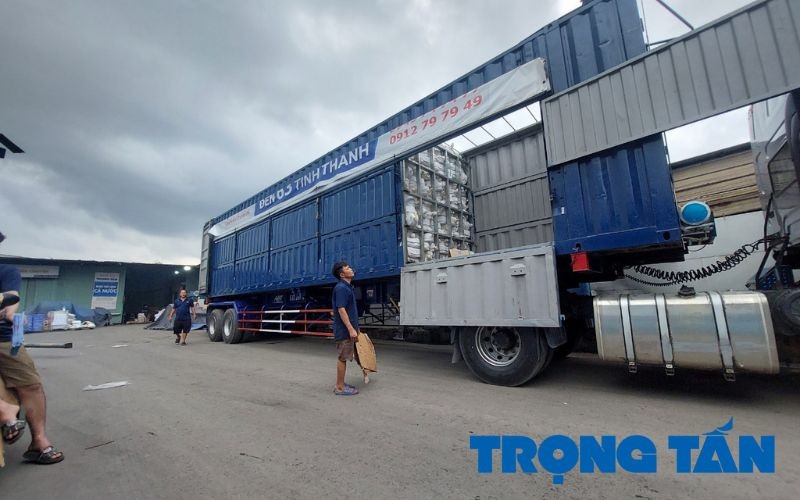 Light truck driving on the road
Light truck driving on the road
Impact of Regulation 41 on Customers and Transportation Businesses
The change in Regulation 41 for light trucks from 1,500kg to 950kg brings several benefits but also poses some limitations.
Benefits:
- Reduced transportation costs: Reduced cargo mass leads to lower fuel consumption, thereby reducing transportation costs.
- Flexibility in transportation: Light trucks are easier to maneuver in urban areas, shortening delivery times.
- Increased safety: Light trucks are easier to control, reducing the risk of accidents.
- Environmentally friendly: Reducing cargo mass contributes to reducing greenhouse gas emissions.
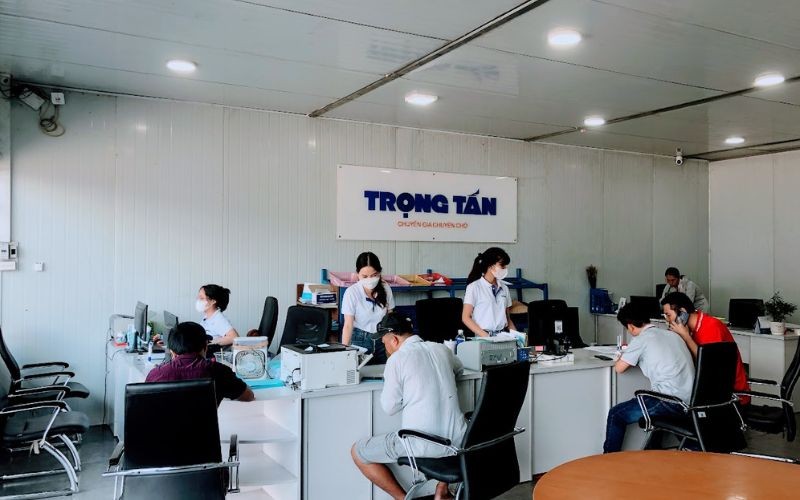 Light truck delivering goods in the city
Light truck delivering goods in the city
Limitations:
- Limited cargo mass: The reduced cargo mass may cause difficulties for some customers with large cargo transportation needs.
- Potentially increased delivery times: More trips may be needed to transport the same amount of goods, potentially increasing delivery times.
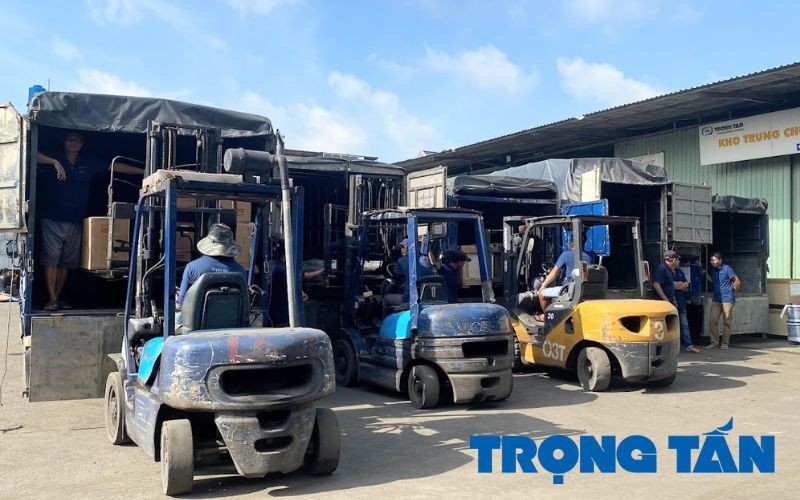 Loading goods onto a light truck
Loading goods onto a light truck
Conclusion
Regulation 41 for light trucks in 2019 has brought significant changes compared to 2016, offering numerous benefits to both customers and transportation businesses. However, the reduction in cargo mass also presents some challenges. Understanding this regulation will help stakeholders operate transportation efficiently and comply with the law.
